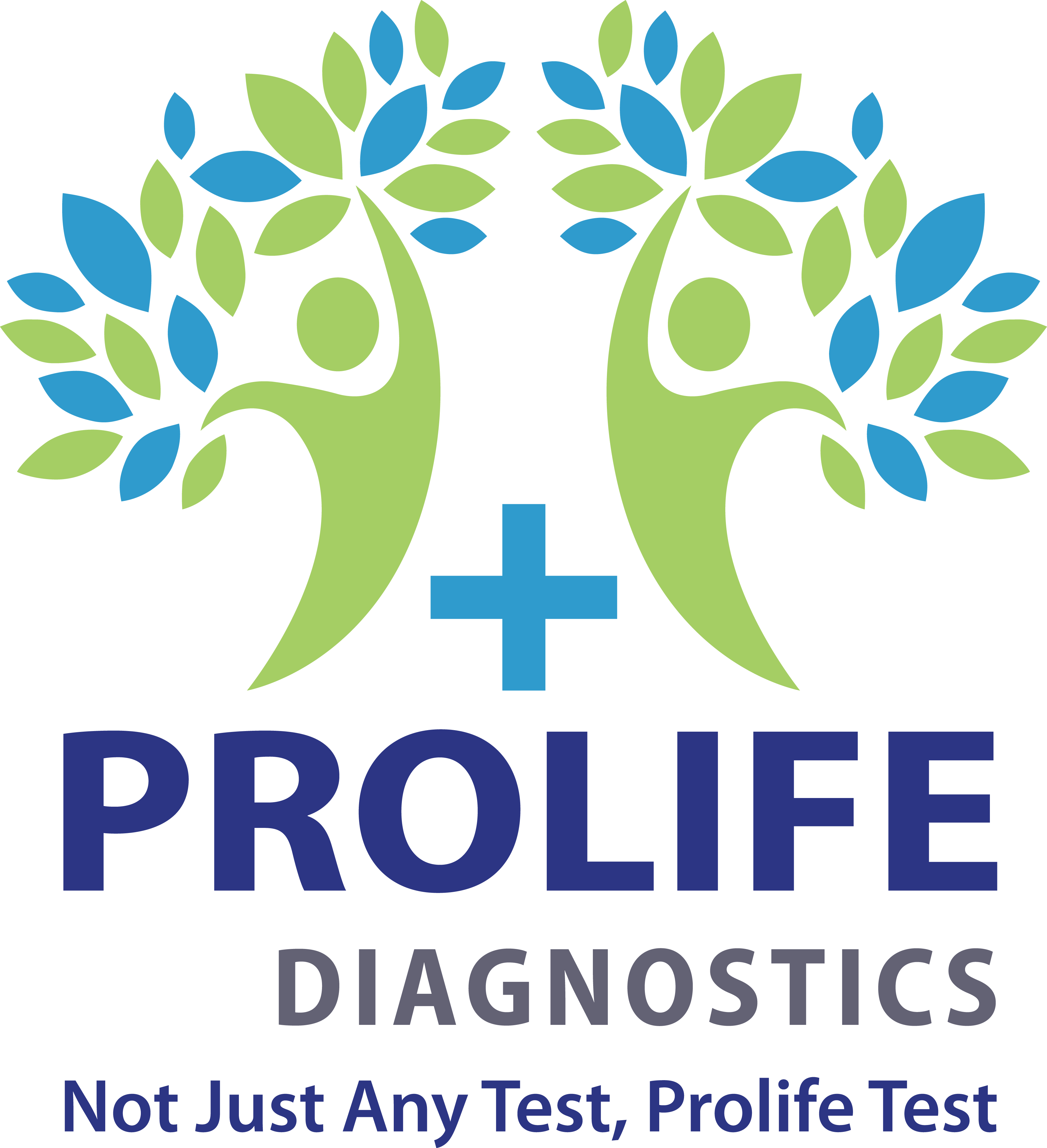- Plot No. 361/3074 & Plot No 437/3134, Patrapada, BBSR
- +91 9040017001
- +91 8630400500
Common Health Issues Diagnosed by CT Scans
CT scans, also known as computed tomography scans or CAT scans, are advanced imaging techniques used by medical professionals to diagnose various health conditions. By combining multiple X-ray images taken from different angles, CT scans provide detailed cross-sectional views of the body’s internal structures. Let’s explore some common health issues that can be diagnosed using CT scans, along with real-life examples.
What is a CT Scan?
Before delving into specific health issues, let’s understand what a CT scan is and how it works. A CT scan involves a series of X-ray images taken from different angles around the body. These images are processed by a computer to create detailed cross-sectional images, allowing doctors to examine the body’s organs, tissues, and bones with precision.
How Does a CT Scan Work?
During a CT scan, the patient lies on a table that moves into a doughnut-shaped machine called a CT scanner. The scanner emits X-ray beams, which pass through the body and are detected by sensors on the other side. The data collected by the sensors is processed by a computer to create detailed images that reveal internal structures.
Now, let’s explore some common health issues that can be diagnosed using CT scans:
1. Head Injuries and Brain Disorders
CT scans are commonly used to assess head injuries and diagnose various brain disorders. For example, they can detect bleeding within the brain (intracranial hemorrhage), skull fractures, and tumors. In cases of traumatic brain injury, such as concussions from falls or accidents, CT scans help doctors evaluate the extent of damage and plan appropriate treatment.
Real-life Example: A patient who experiences a severe headache after a fall may undergo a CT scan to rule out a brain injury or detect any bleeding or swelling within the skull.
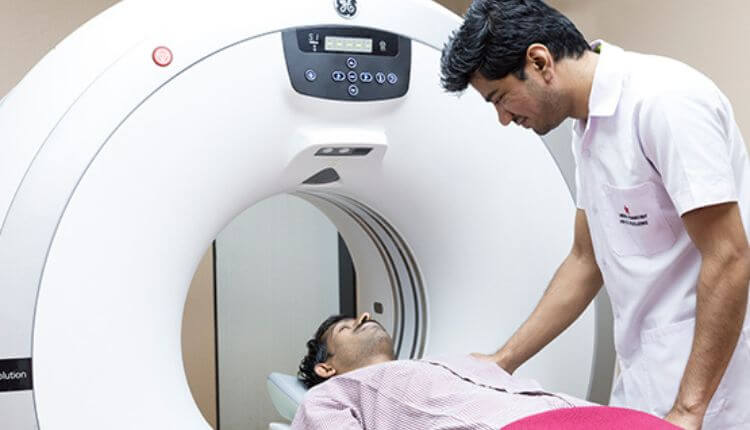
2. Abdominal Conditions
CT scans are valuable diagnostic tools for evaluating abdominal organs such as the liver, pancreas, kidneys, and intestines. They can detect conditions such as abdominal tumors, inflammation, infections, and obstructions. CT scans are particularly useful for diagnosing conditions like appendicitis, diverticulitis, and abdominal trauma.
Real-life Example: A patient with severe abdominal pain and suspected appendicitis may undergo a CT scan to confirm the diagnosis and determine the severity of the inflammation.
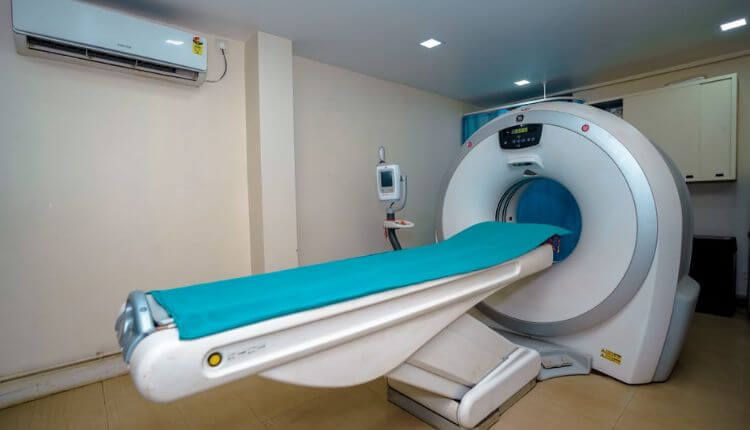
3. Chest Problems
CT scans are frequently used to evaluate the chest and diagnose various respiratory and cardiovascular conditions. They can detect lung diseases such as pneumonia, lung cancer, and pulmonary embolism (blood clot in the lung). Additionally, CT scans can assess the heart and blood vessels, identifying conditions such as coronary artery disease, aortic aneurysms, and pulmonary hypertension.
Real-life Example: A patient experiencing chest pain and shortness of breath may undergo a CT angiography (CTA) to evaluate the blood flow in the arteries and detect any blockages or abnormalities.
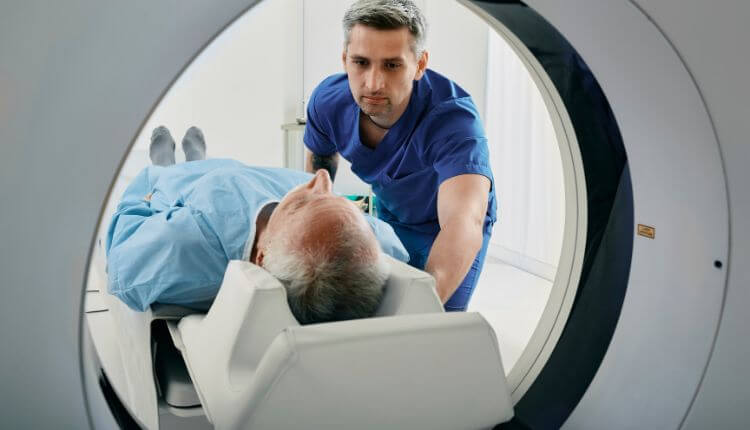
4. Bone and Joint Disorders
CT scans provide detailed images of bones and joints, making them valuable for diagnosing fractures, arthritis, and other musculoskeletal conditions. They can help doctors assess the extent of bone damage, identify fractures that may not be visible on X-rays, and plan orthopedic surgeries.
Real-life Example: A patient involved in a car accident may undergo a CT scan to assess the extent of injuries, including fractures and dislocations in the spine, pelvis, or limbs.
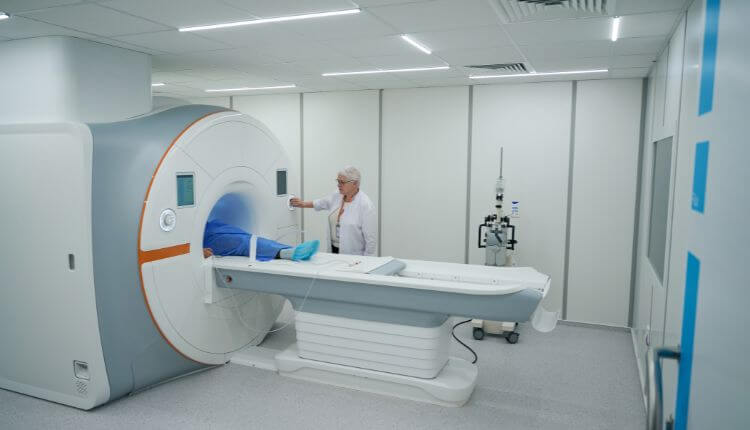
5. Spinal Conditions
CT scans of the spine are used to diagnose various spinal disorders, including herniated discs, spinal stenosis, and spinal tumors. They provide detailed images of the spinal vertebrae, discs, and surrounding tissues, helping doctors identify the cause of back or neck pain and plan appropriate treatment.
Real-life Example: A patient with persistent back pain and numbness in the legs may undergo a CT scan of the lumbar spine to evaluate the discs and nerves for signs of compression or injury.
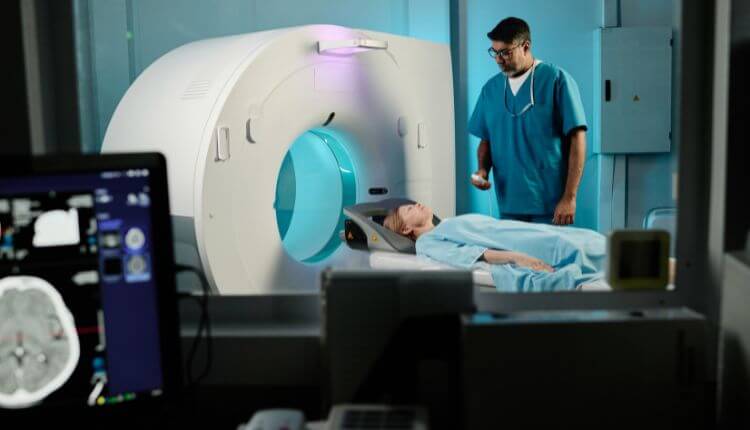
In conclusion, CT scans play a crucial role in diagnosing a wide range of health issues, from head injuries and abdominal conditions to chest problems and musculoskeletal disorders. By providing detailed images of the body’s internal structures, CT scans help doctors accurately identify and treat various medical conditions, improving patient outcomes and quality of life. If your doctor recommends a CT scan, rest assured that it is a safe and effective diagnostic tool that can provide valuable insights into your health.
Disclaimer: The information provided in this content is for educational purposes only and should not be construed as medical advice. Always consult a qualified healthcare professional for personalized diagnosis and treatment. The author and publisher do not assume any liability for the accuracy or reliability of the information presented.
